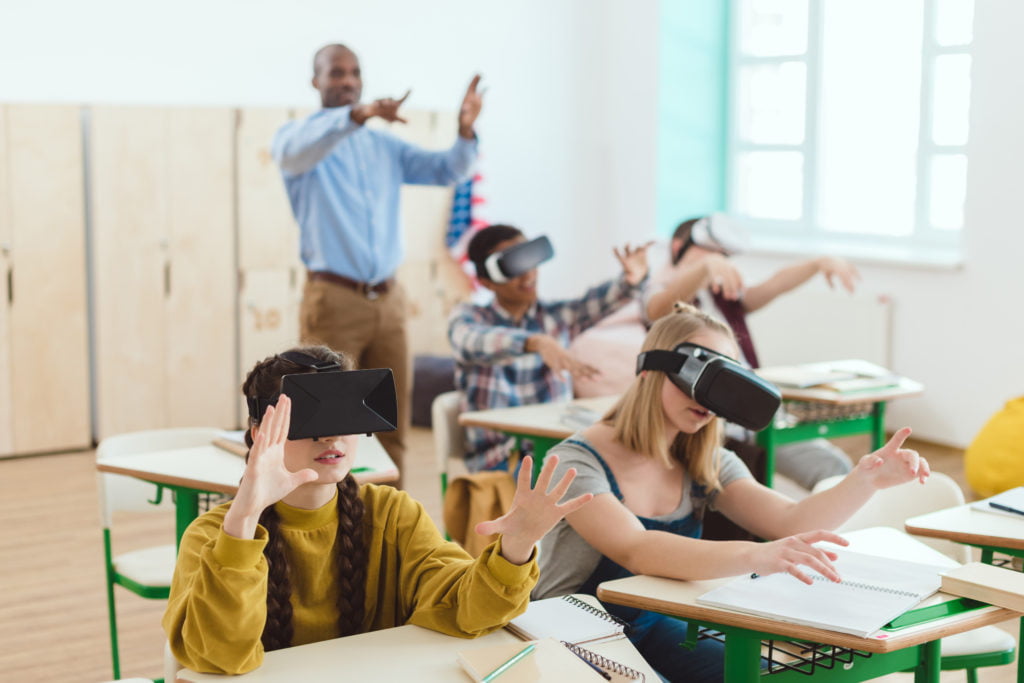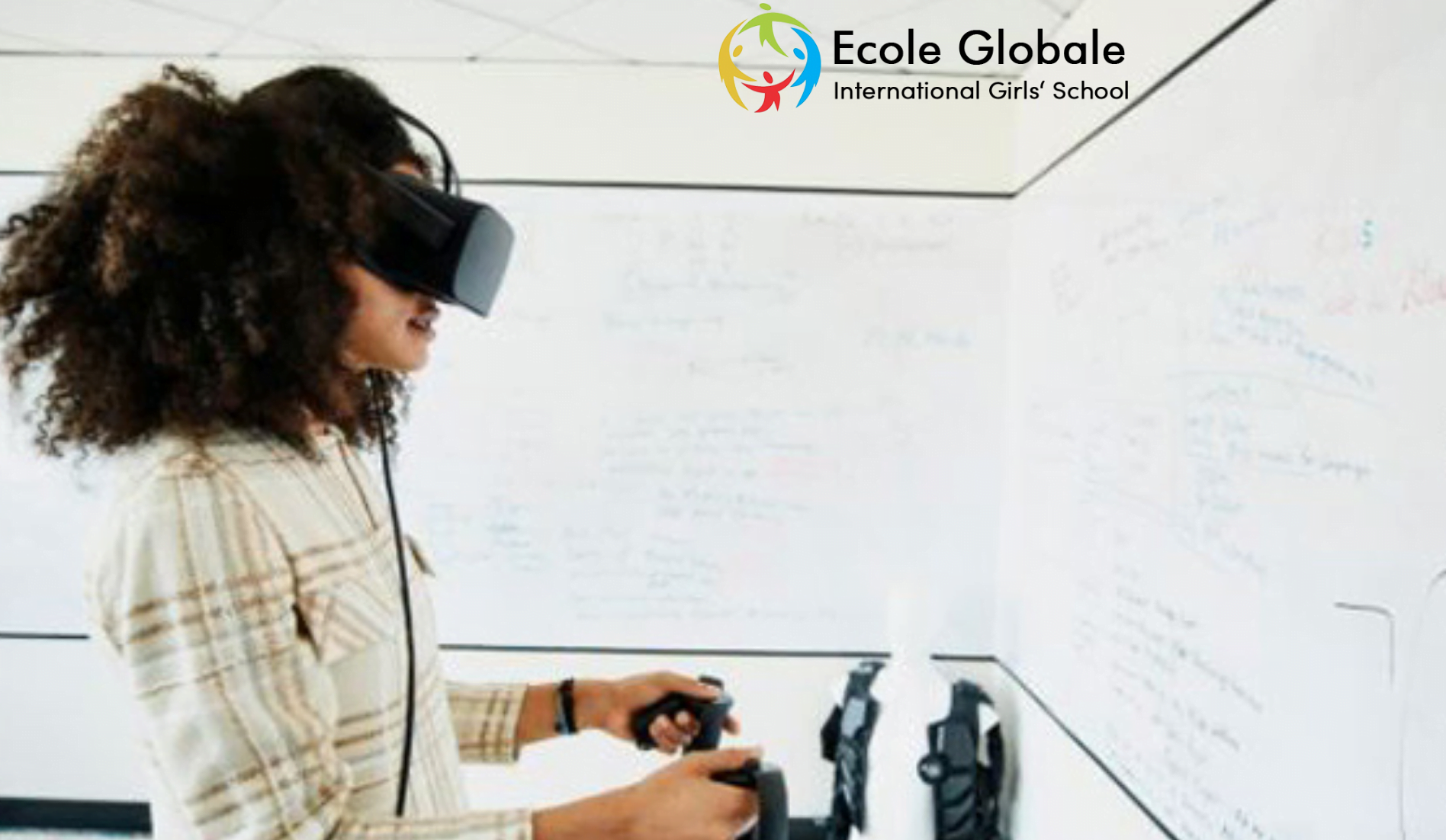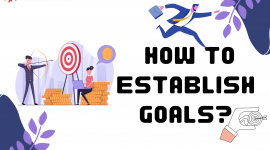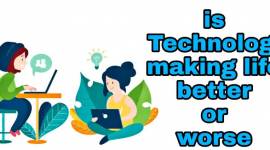Virtual reality (VR) is a computer-generated simulation of a three-dimensional environment that can be interacted with in a seemingly real or physical way by a person using special electronic equipment, such as a head-mounted display. Virtual reality artificially creates sensory experiences, which can include sight, touch, hearing, and smell.
VR uses 3D graphics and sound to create an interactive world for the user to explore. It allows the user to interact with this world through their movements in the real world. By wearing 3D glasses or headphones and looking at a screen, VR allows you to feel like you are there. You can look around corners or over hills without ever leaving your home.
Virtual reality has been used for more than two decades, but it’s only recently that it’s become a household term. Virtual Reality boosts Effective Teaching as well. This is largely due to the growth of mobile devices and desktop computers, as well as the development of lightweight headsets that can be used with mobile devices.
Also Read: Positive and Negative effects of technology on family
Why Virtual Reality Is The Future Of Effective Teaching?

Virtual Reality boosts Effective Teaching and is the future of education.
Students can learn about a variety of different topics through virtual reality, which can be used in place of a textbook or classroom lecture. The technology allows students to immerse themselves in an environment where they can learn about history, science, and other topics in a way that has never been possible before.
Virtual reality is also a great way for students to experience things they wouldn’t be able to otherwise—such as space travel or exploring ancient ruins. This technology will allow them to expand their horizons and learn more about how things work in the real world.
With virtual reality classrooms, teachers can also use it as an engaging tool for teaching new concepts and skills by creating interactive lessons that allow students to practice what they’ve learned with ease. Teachers can even use VR headsets during class time so they can draw attention away from distractions while still allowing all students access at once through a shared experience (like watching videos together).
1. Creating Real-World Scenarios for Career Development
Virtual reality is a tool that can be used to create real-world scenarios for career development. Students can experience a virtual environment to help them develop their knowledge, skills, and attitudes. In a virtual environment, students can learn how to handle difficult situations such as making mistakes or losing their temper. The simulation allows them to try out different approaches without having any negative consequences on their performance. They will also be able to gain confidence in themselves by practicing how they would respond under real-world conditions.
The immersive nature of virtual reality also makes it easier for students to understand what they are learning about because it allows them to explore a situation from different perspectives.
2. Improving Student Engagement and Effort
Virtual reality is becoming more widely used in education, and it’s easy to see why. Virtual reality can improve student engagement and effort by creating a sense of presence in the virtual world. When students feel like they’re there, they’re more likely to be engaged with what they’re learning and put effort into their studies.
Virtual reality also creates an immersive environment for students to practice skills like communication, collaboration, critical thinking, problem-solving, self-awareness, and social awareness. This allows students to learn in a way that feels natural and encourages them to apply their knowledge in new ways.
3. Flipping the Classroom
Virtual reality is a tool that can help teachers flip the classroom. With virtual reality, students can get a better understanding of real-world environments, which will help them succeed in their studies.
Students learn best when they can relate the material to an experience they’ve had in the past. Virtual reality allows students to experience things like flying through space or seeing how a hurricane would affect their neighborhood—all without leaving their desks. Virtual reality also provides teachers with more time for collaborative learning and one-on-one attention for students who need it most. With virtual reality, teachers can create different scenarios for each student so that everyone is getting exactly what they need from the lesson plan.
4. Correcting Cognitive Distortions
Virtual reality is a great way to help teachers correct cognitive distortions. In short, cognitive distortions occur when we make a mistake in the way we interpret something. For example, when you see a person on the street and think they’re staring at you, that’s an example of a cognitive distortion—you’ve misinterpreted what’s happening.
Teachers can use virtual reality (VR) to help students correct their cognitive distortions by having them experience situations that would typically trigger those distortions. For example, if you have ever had a teacher who seemed to be staring at you while you were working on an assignment, you might have felt uncomfortable and gotten distracted from your work. By using VR technology, teachers can create simulated experiences of this kind so students can learn how to deal with them more effectively.
5. Teaching Social Skills
Social skills are a crucial part of learning, and they can be a challenge to teach. However, virtual reality is a great tool that can help teachers make teaching social skills more effective and engaging. Virtual reality allows students to experience situations that they might not otherwise have the opportunity to experience in real life. This can help them develop empathy for others and learn how to respond appropriately in certain situations. For example, if a student is struggling with what it means to be empathetic, they could use VR to experience what it’s like to have their feelings hurt by someone else’s words or actions. Students can also use VR to practice being more assertive in particular situations—like asking for help when needed or speaking up about something important.
Conclusion

VR is going to make learning exciting, immersive, and memorable. I think that all teachers should embrace a future where students learn using VR, but I do wonder if the technology will be accepted as a legitimate teaching tool or if it will fall into disuse due to the risk involved. But we can’t accurately predict the future of how this technology will be received, so it’s up to teachers, school districts, nonprofits, stakeholders, and other individuals to invest in VR now because as this technology becomes more readily available there may not be a second chance.
For any queries related to parenting, schooling, or any student-related tips, click here to check out our latest blogs









